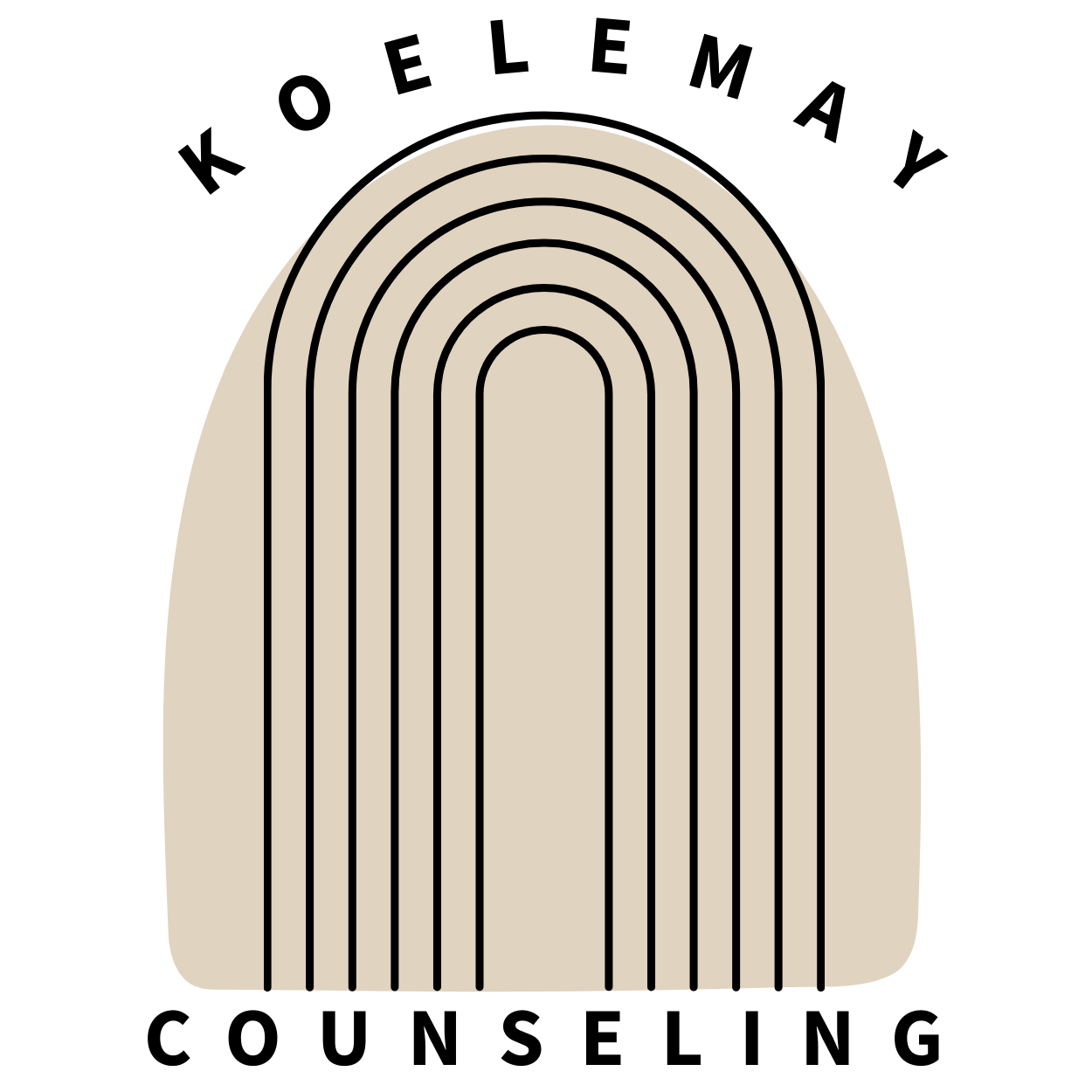Doing the Work.
As a social worker, I bring an eclectic perspective to therapy. Each week, we’ll focus on whatever feels important and relevant to you. We will use the following methods as a guide for our work together. You might notice some overlap, which is why these methods work so well together!

Integrative Somatic Parts Work
You have an inner world, and it’s worth getting to know! Inner critics, perfectionists, and addictive processes don’t agree on the best way to live your life. Let the spiral begin! Therapy isn’t about “fixing” you, it’s about accessing the compassionate leader within that these exhausted parts have been waiting for. As you build relationships with even your most difficult parts, you get to start reparenting them and offering them a new way forward.
Mind-Body Connection
“My stomach is knots.” “My coworker is a pain in the neck.” “That breaks my heart.” “My heart was beating out of my chest.” “I’m just tired of this.” Our brain registers physical and psychological pain the same way. And just like a physical injury can lead to other complications if it doesn’t heal properly, painful emotions can become trapped in our bodies if they aren’t fully processed. We’ll explore the ways emotions show up in your body. You’ll earn how to listen to your body’s cues on emotional discomfort and how to change your brain by starting with your body.


Skills Training
We’ll start with mindfulness skills: how to be present in your body and environment without judging, attaching to, or rejecting your thoughts. We’ll begin to build other skills on top of this, like how to keep the body in a calm state, how to move through emotions instead of avoiding them, how to challenge thought patterns that keep you in the same spiral, and how to communicate your feelings and boundaries to others.
Measurement-Based Care
You are the expert on your life. So you decide the direction of therapy. I use regular assessments and check-ins to track your mental health over time and give you a voice in your treatment. We will get to make connections between life circumstances, skills we’re working on, and your symptoms. This regular feedback strengthens the therapeutic relationship and improves the likelihood of reaching your goals.

